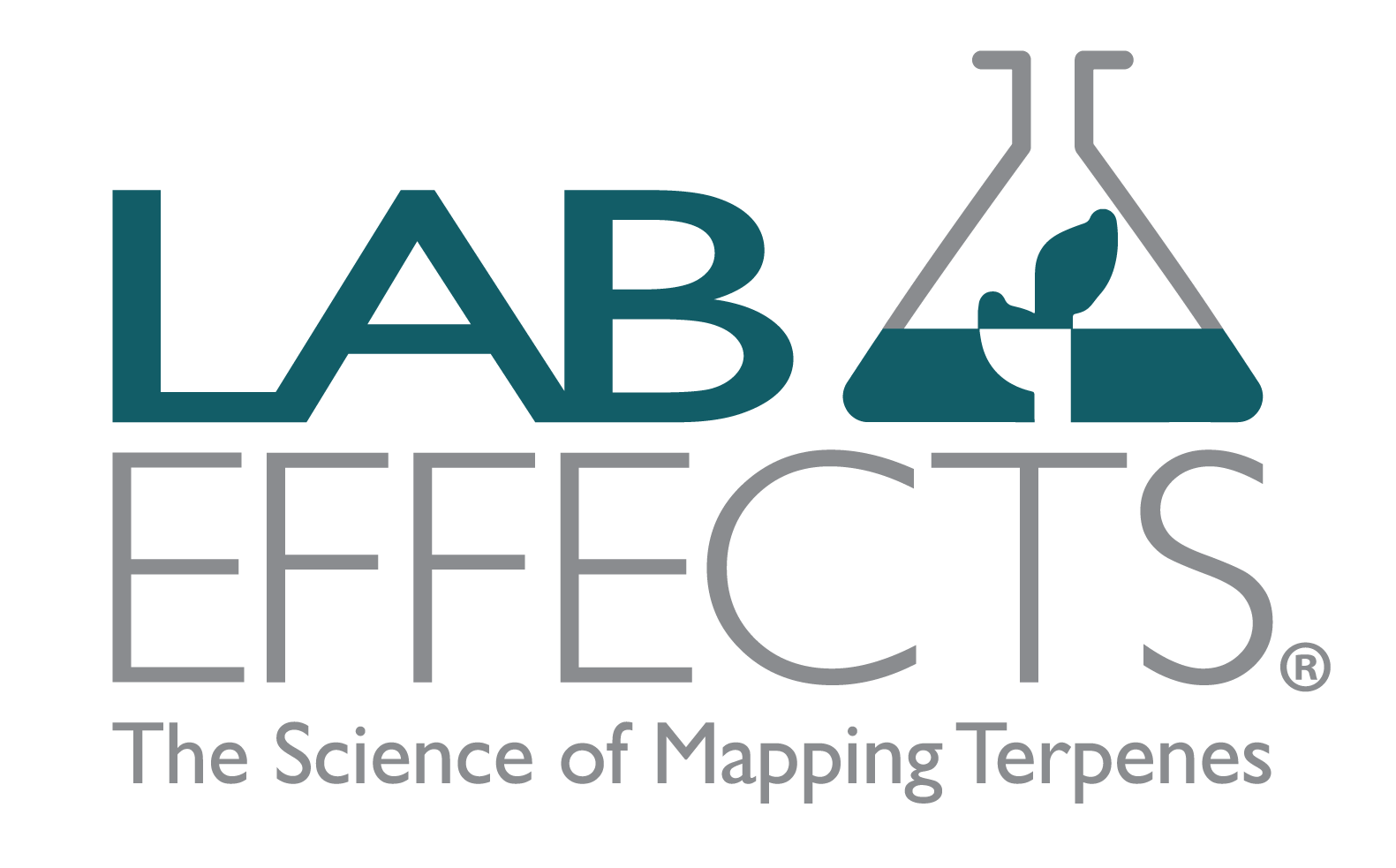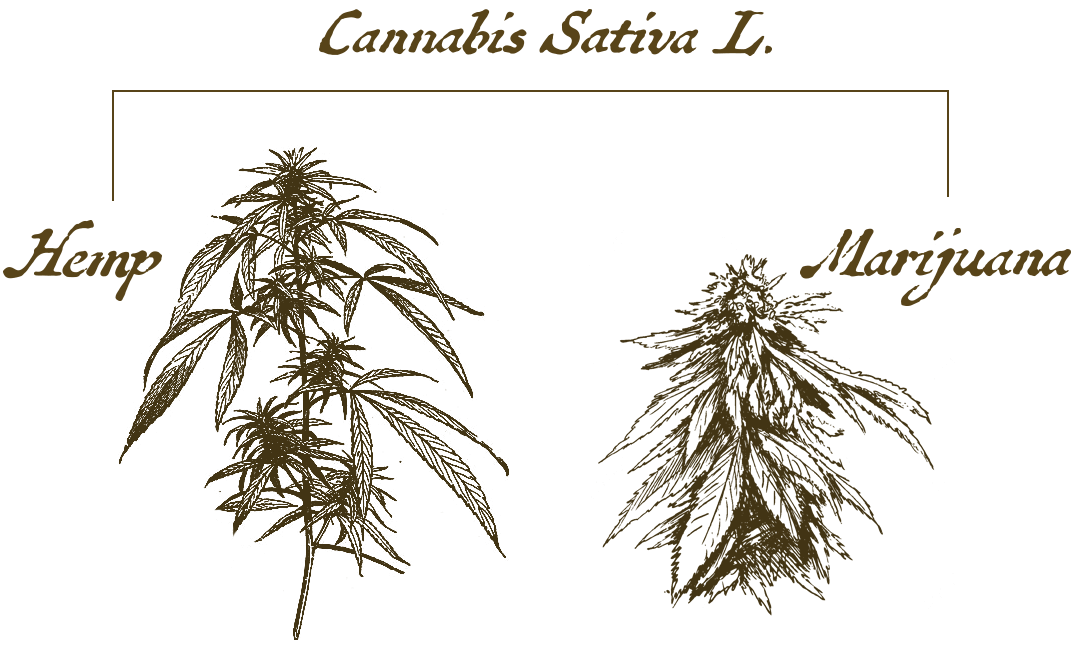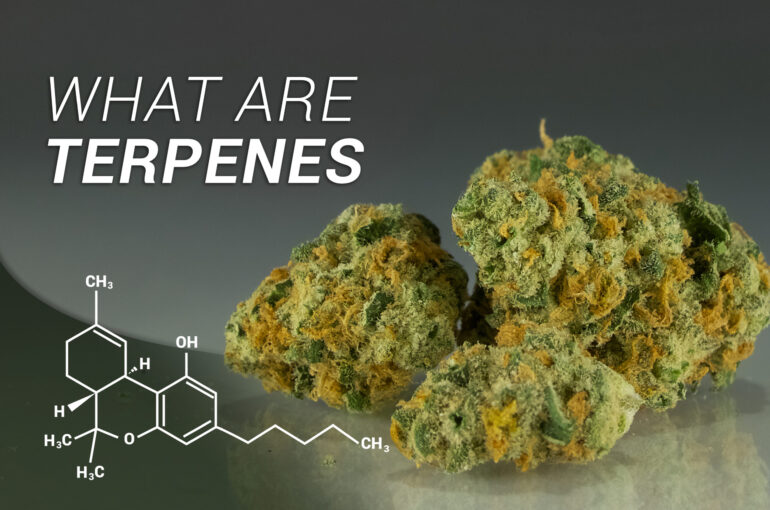
There are many ways to differentiate terpenes, terpenoids, and flavonoids. Let’s define each one and explore the main differentiating factors: their natural function, interaction with the human body, uses, and storage, among other factors.
Definition: What are Terpenes?
Let’s start by defining them. Terpenes can be defined as naturally occurring aromatic plant compounds (formula: (C5H8) n for n ≥ 2). Given their carbon and hydrogen atoms, terpenes are unsaturated hydrocarbons produced predominantly by some plants (mostly conifers). They fall under organic compounds formed from linked isoprene units (branched-chain unsaturated hydrocarbon).
Terpenes are a component of plant resins which is why they are a common ingredient of the resulting essential oil. They contribute to plants’ unique odors.
Some interesting facts
- There are over 30,000+ types of terpenes.
- Cannabis plants alone have over 100 terpenes.
- Terpenes aren’t exclusively found in cannabis plants and can be derived from many other plants.
What are Terpenoids?
The terms “terpenes” and “terpenoids” are often used interchangeably. However, they aren’t the same. While both terpenes and terpenoids begin as similar molecules, terpenoids are oxygenated terpenes. This means that on a basic level, terpenoids are also terpenes, only they are a specific type that contains oxygen molecules (1).
What are Flavonoids?
While the term flavonoids is often mistakenly assumed to relate to flavor, they aren’t flavor molecules or aromatic compounds. Instead, flavonoids are natural substances that can be found in fruits, vegetables, and flowers, among other things (2), primarily responsible for the major pigments present in plants (3). On top of that, they have great medicinal value (4). However, despite their many benefits, most of the flavonoids in cannabis aren’t commercially available. Lab Effects is currently working on bringing this class of molecules to market.
2. Difference by Their Natural Function
What Is the Natural Function of Terpenes?
Terpenes are potent scent molecules. This characteristic gives them a unique function in nature, some for the benefit of the plant, some for the benefit of humans, such as:
- Protecting plants from predators (benefit for the plant): The scent-producing function of terpenes can be seen in plants that produce potent scents to naturally deter predators.
- Attracting pollinators (benefit for the plant): Some potent scents emitted by plants naturally attract pollinators like bees. This is usually the case for plants that naturally need insects for pollination.
- Cooling effect (benefit for the plant): Plants also emit terpenes in aerosol form. These terpenes accumulate alongside other atmospheric compounds encouraging the formation of vapor that acts as a protective cloud around the plant. The cloud keeps the plant cool during hot weather.
- Therapeutic effects (benefit for humans): Some terpenes have been in use for centuries as a natural medicine for their expansive properties. For instance, curcumin is among the common terpenes widely used for antioxidant, antiseptic, and diuretic properties, among many other properties.
Terpenes found in Cannabis Sativa also have been linked to having highly medicinal properties and therapeutic effects (5). Terpenes have many other beneficial properties like anxiolytic (6), analgesic (7), and anti-inflammatory health benefits (8).
What Is the Natural Function of Terpenoids?
Since they aren’t so different from terpenes, terpenoids have similar functions, such as defending plants against predators as well as attracting pollinators. Terpenoids also have been linked to medicinal roles (9). Additionally, terpenoids play an essential role in plant cellular structure, they aid photoprotection (10), fluidity control, plant elongation, and cell growth modulation.
What Is the Natural Function of Flavonoids?
As natural substances in plants, flavonoids have been found to play a critical role in receptor and enzyme systems in the brain (11), resulting in significant central nervous system effects like preventing neurodegeneration linked to chronic diseases like Parkinson’s. These benefits are attributable to their anti-inflammatory, anti-mutagenic, anti-carcinogenic, and anti-oxidative properties.
4. Differences in Therapeutic Effects
How do Terpenes Interact with the Body? What is the therapeutic effect of terpenes when they are inhaled or consumed?
Research shows that terpenes amplify the therapeutic value of medicinal molecules of plants like cannabinoids (12). Some terpenes will inhibit the psychoactive effects of cannabinoids like THC to boost therapeutic benefits. This is the very reason why terpenes are instrumental in the manufacturing of cannabis products as opposed to simply using isolated cannabinoids on their own.
How do Terpenoids Interact with the Body?
Terpenoids (or oxygen-containing terpenes) interact in a similar way as terpenes in the body. Some biologically active terpenoids have been known to have human health benefits, such as fighting inflammation in the body, which is a leading cause of many diseases (13).
How do Flavonoids Interact with the Body?
Flavonoids also have anti-inflammatory effects on the body among many other medicinal benefits (14), like cardio-protective and neuroprotective benefits. However, the benefits of flavonoids are dependent on the types in question, mode of action, and bioavailability.
5. Difference by Uses
What are the Uses of Terpenes?
Terpenes have many notable uses. Their application is largely dependent on the type. For example, beta-myrcene present in Marijuana (indica) is commonly used for medicinal applications.
100% natural botanical & cannabis terpenes are highly sought after by manufacturers keen on making a variety of high-quality cannabis products with potential health benefits.
What are the Uses of Terpenoids?
Terpenoids have extensive industrial uses, such as making flavors, fragrances, and spices. They are also extensively used to make cosmetics and perfumes.
What are the Uses of Flavonoids?
As pigment molecules, flavonoids are commonly used to make natural dyes in skincare and cosmetic products. They are also used for their medical benefits as therapeutic agents.
6. Storage of Terpenes and Terpenoids
What Factors Affect the Storage of Terpenes and Terpenoids?
Terpenes and terpenoids are generally affected by the same factors. The two are very sensitive to light and highly reactive, which is why packaging is extremely important. Ideally, they should be stored in blacked-out, leak-proof, and shatterproof packaging that is also leach-proof.
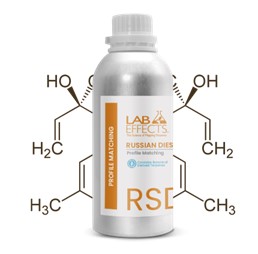
Lab Effects is among the few companies in the U.S. that supply 100% pure cannabis-derived terpenes (and other types of terpenes) in superior packaging that is completely blacked-out, leak-proof, shatterproof, and features a leach-resistant coating.
As a result, under proper storage conditions, Lab Effects’ product packaging is protecting the shelf life of the product. The outcome is a very long shelf life. Much longer in actuality than the 24 months they put on the label, based on the means of container storage used by the company.
What Factors Affect the Storage of Flavonoids?
Research suggests that flavonoids are generally vulnerable to heat (15):
- Prolonged exposure to heat also destroys the enzyme activity of flavonoids
- Heat also blocks synthesis pathways
- Flavonoids also have poor chemical stability
Besides temperature, PH, light, ultraviolet radiation, and oxygen exposure can reduce flavonoid stability and cause subsequent degradation.
Lab Effects: #1 Trusted Source of 100% Natural Botanical & Cannabis Terpenes for Manufacturers
Are you a manufacturer searching for all-natural and high-quality botanical & cannabis terpenes in the U.S. and beyond? Now that we know the difference between terpenes, terpenoids, and flavonoids, you can confidently purchase terpenes from Lab Effects and enjoy its ensured high-quality products!
Since 2012, Lab Effects has been the premier and trusted source for botanical profiling, extraction, purification, and custom formulation of 100% natural cannabis terpenes for manufacturers.
Lab Effects doesn’t use Vitamin E, acetate, or other fillers/additives. The result is highly effective terpene formulations that outperform competitors in every way, including packaging. Lab Effects uses superior packaging), guaranteeing the safe storage and quality of terpenes during transit.
Order terpenes wholesale from Lab Effects today!
Lab Effects is cGMP certified, ISO 9001 certified, HACCP certified, FDA registered, and ANAB accredited.
Sources
2 https://www.ncbi.nlm.nih.gov/pmc/articles/PMC5465813/
5 https://www.sciencedirect.com/science/article/abs/pii/S0223523418306408
6 https://www.ncbi.nlm.nih.gov/pubmed/22995322
7 https://www.ncbi.nlm.nih.gov/pubmed/30098535
8 https://www.ncbi.nlm.nih.gov/pubmed/25622554
10 https://www.nature.com/articles/nchembio.2007.8
